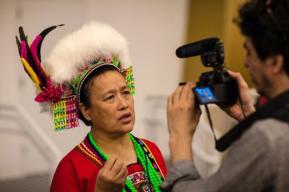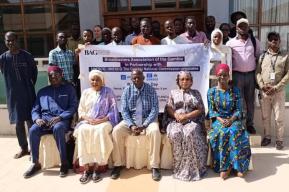
Media Pluralism
Media pluralism provides choice to the public. It is made possible by a mix of public, private, and community media, as well as a variety of platforms (print, radio, TV, and online) to avoid media concentration, which could limit the diversity of opinions and viewpoints in circulation. In this framework, UNESCO assists Member States in ensuring a diverse media landscape supporting, in particular, community media.

Activities until December 2023
- Workshops for policy dialogue engaging duty-bearers and rights-holders in Bangladesh, Burundi, Morocco, Namibia, Nepal, and South Sudan
- Capacity-Building for technical and editorial skills in Bangladesh, Burundi, Kenya, Mauritania, Nepal, South Sudan and Tunisia
- Multi-stakeholders’ meetings to establish or strengthen community media networks in Bangladesh, Burundi, Kenya, Nepal, South Sudan and Tunisia
- Three international meetings with the World Radio Day Committee to coordinate World Radio Day (WRD) (first one already held in October 2022)
- WRD worldwide celebration under the 2023 theme “Radio and Peace” and 2024’s.
- Technical support for the inclusion of community media in the peacebuilding programme for Guinea Bissau
- Support to Indigenous community media
World Radio Day
Through World Radio Day (13 February), an international UN Day proclaimed by UNESCO in 2011 and endorsed by the UN General Assembly in 2012, UNESCO celebrates radio as the medium that still reaches in real time, the widest audience worldwide, in real time.
Facts and Figures

more sustainable thanks to policy reforms, and technical and editorial support.

trained with technical and editorial skills (2018-2021)





